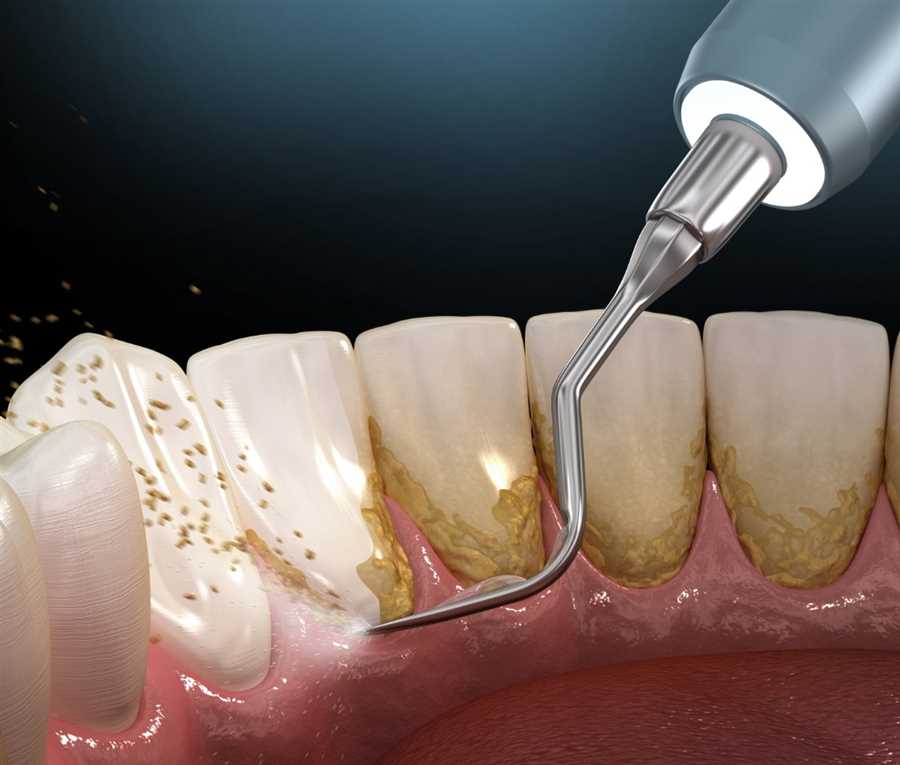Chances are, when you think of a “community,” you probably don’t think of dental plaque. But in scientific terms, dental plaque is actually a community made of about 400 different species of bacteria.
In plain terms, dental plaque is the sticky invisible film that accumulates on your teeth — on the biting surfaces, in the spaces between the teeth, and along the gum line. Dental plaque gets a jumpstart from sugar and starch.
So the next time you bite into that chocolate bar or eat a bag of chips, just remember that these foods also cause the bacteria in dental plaque to produce acids that attack your teeth and gums.Types of Plaque
Like most things, dental plaque is complex and hard to pin down into one category. According to Dr. Susan Kinder Haake of UCLA’s Periodontic Information Center, plaque can be classified in several ways:
- By its relationship to the gum line (subgingival or supragingival)
- By its relationship to the tooth surface (attached or unattached)
- By association with its disease state (health-associated or disease-associated)
How to Keep Plaque in Its Place
Fortunately, indulging in your favorite snacks doesn’t have to be such a dismal affair: You can remove dental plaque by brushing and flossing every day. If you don’t, dental plaque can eventually wear down your tooth enamel and cause cavities, or turn into dental calculus or dental tartar and cause gingivitis.
Other ways to prevent dental plaque:
- Use an interdental cleaner to clean between teeth
- Eat a balanced diet and limit snacking
- See your dentist for regular dental cleanings and exams
- Consider getting dental sealants
You can rely on your dentist to tell you if you have dental plaque, but you can also take the do-it-yourself route. Disclosing tablets, swabs and solution are plaque-revealing products that can be used at home. These products temporarily stain dental plaque so that you can see where it is and how much there is on your teeth.Recent Studies
Researchers at the University of Buffalo examined the dental plaque on the teeth of seniors who were admitted to the ICU. They discovered that the patients who contracted pneumonia while in the ICU had more dental plaque on their teeth and were more likely to have respiratory pathogens living in their plaques.
In addition, researchers from Eastman Dental Institute in London say that the presence of certain bacteria in dental plaque of children could help predict their risk of developing periodontal disease as adults, which could lead to costly gum disease treatment down the line.
Don’t let dental plaque affect your dental health.

